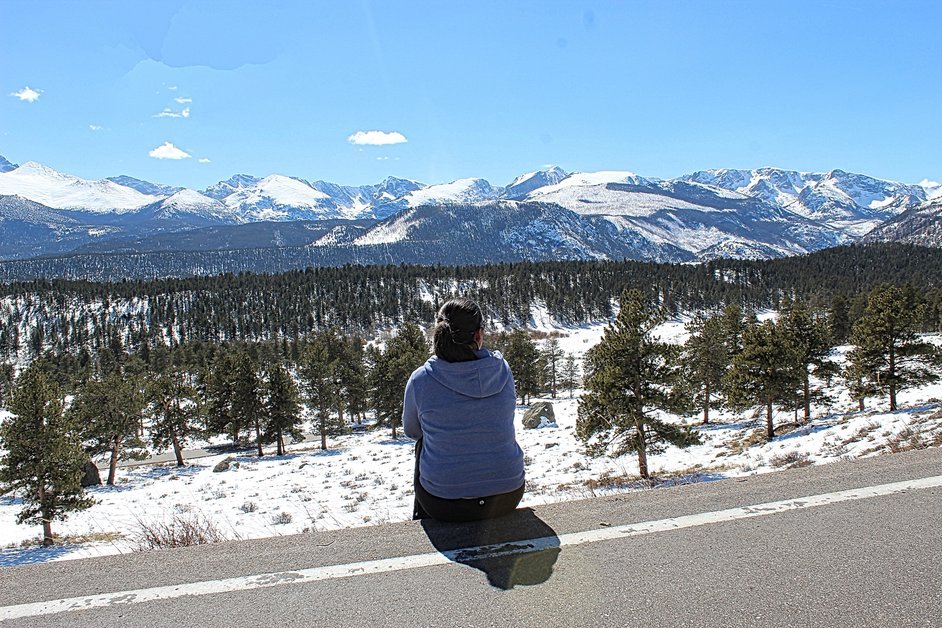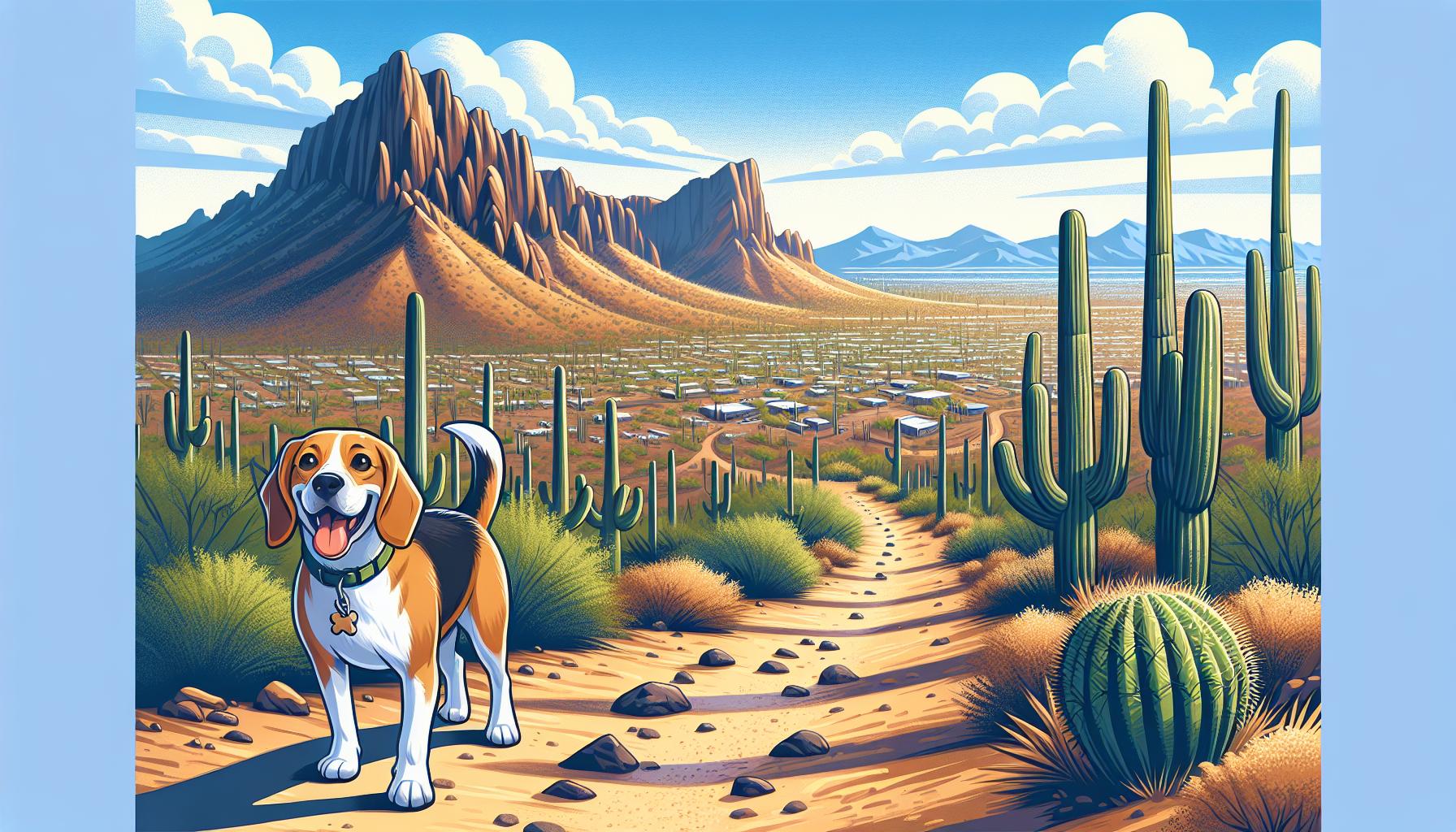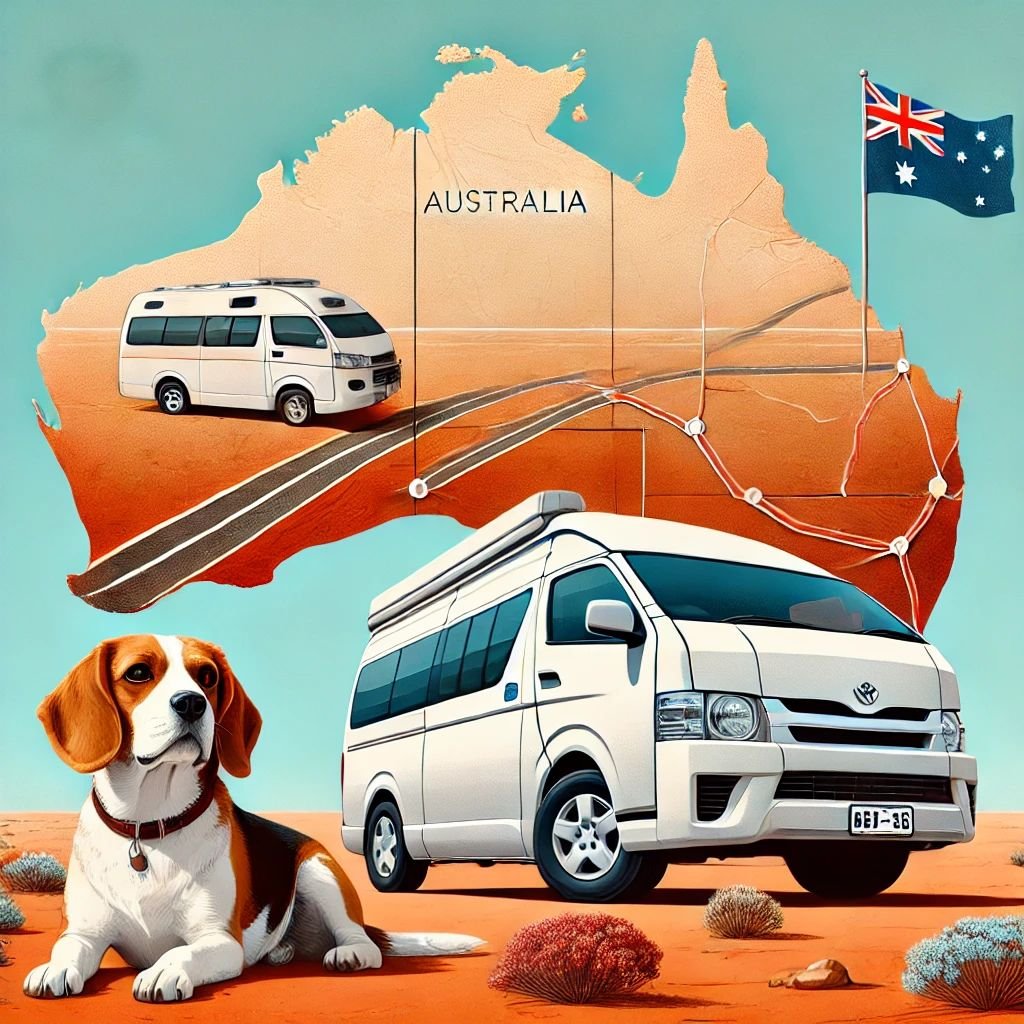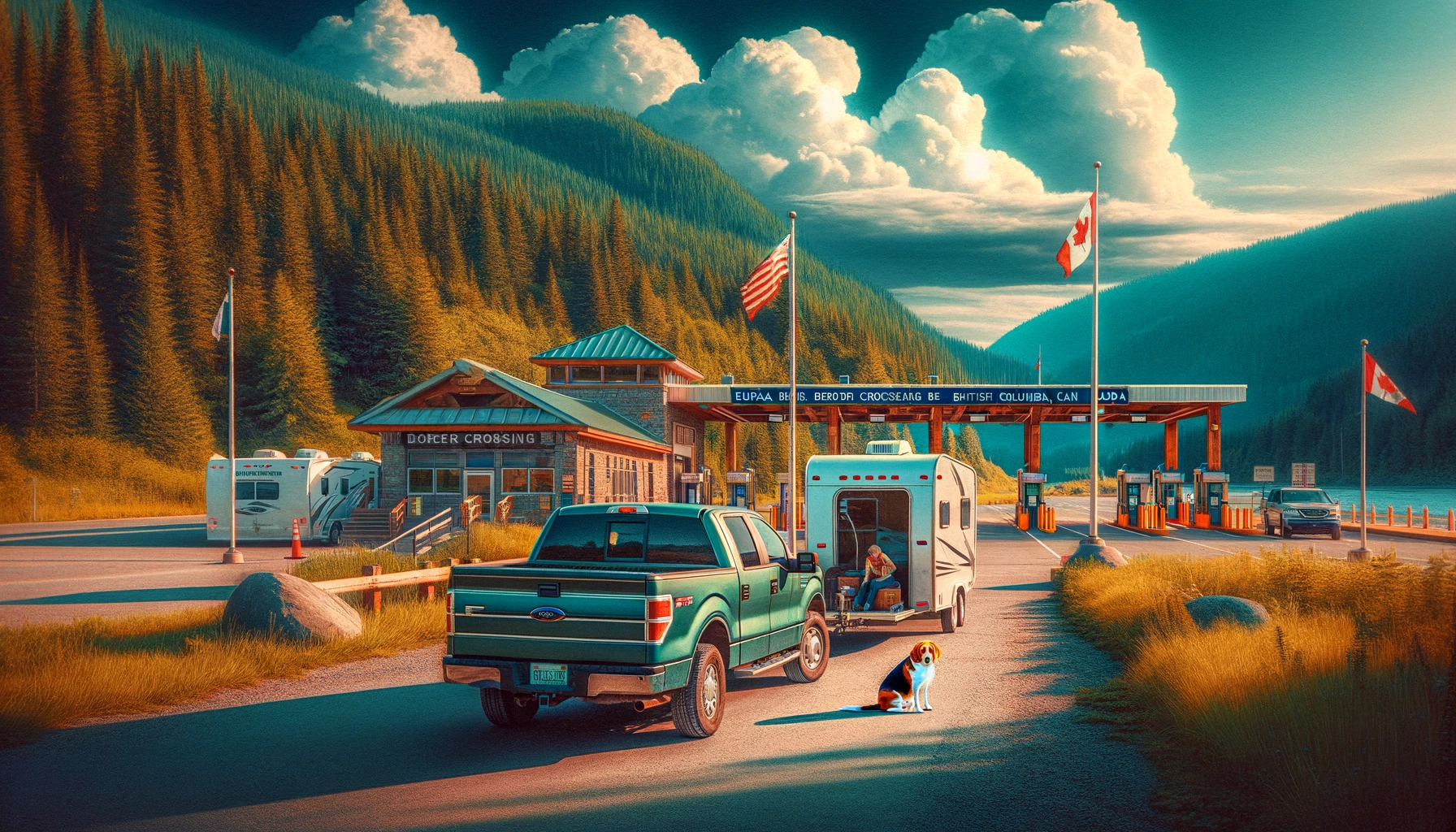Late last year, Rocky Mountain National Park counted around 4.5 million annual visitors (NPS, 2019), making it one of the most popular parks in the United States. This park dazzles visitors with its alpine tundra, scenic drives, and towering 14,000-foot peaks. If you’re curious about how these mountains transform in late winter and early spring, read on. Our guide delivers facts, stats, and practical advice for your next trip to Rocky Mountain National Park—all in a casual voice but packed with details. Whether you’re traveling with a beagle named Sniffy, working as a digital nomad, or aiming for financial independence, this article helps you explore nature’s transitions with confidence.
Understanding the Late Winter Landscape
- Weather can be unpredictable with occasional snowstorms and sunny days.
- Lower visitor counts mean peaceful trails for snowshoeing and cross-country skiing.
- Many roads remain closed, but you can still explore specific park areas on foot.
- Wildlife sightings are possible, though some creatures remain in lower valleys for warmth.
Late winter in Rocky Mountain National Park usually runs from mid-February to early March. Daytime temperatures often hover between 30°F and 40°F (-1°C to 4°C), but nights can drop well below freezing. According to the Colorado Climate Center, the higher elevations may get 300+ inches of annual snowfall, making certain trails inaccessible without winter gear. You’ll often find fewer visitors, so you can have wide-open views of shimmering snowfields.
Snowshoeing and Cross-Country Skiing
Winter recreation is a top draw in this season. Popular spots include the Bear Lake Corridor and areas around Grand Lake. Make sure you carry a map because cell service can be spotty. Cross-country skiing or snowshoeing is a fun way to see frozen waterfalls and quiet forests. Even if you’re traveling full-time in an RV or focusing on your remote freelance gigs, it’s worth taking a day off to glide across snowy meadows.
Vehicle Prep and Road Closures
Before you drive into the park, check the National Park Service road conditions page for updates. Trail Ridge Road, famous for panoramic views at over 12,000 feet, typically remains closed until late spring. In winter, you might use the lower roads on the eastern side of the park near Estes Park.
If you’re visiting other national parks in Colorado or beyond, compare your experiences with Visiting Great Sand Dunes National Park in Colorado to see how terrain and weather differ across the state.

Caption: Sniffy the Beagle enjoying fresh powder (and poo) at Rocky Mountain National Park.
Even with chilly temps, you’ll find many perks to exploring the park in late winter. The trails are peaceful, and the photographs you can capture are unmatched. Dress in layers, stay aware of avalanche risks in higher areas, and let someone know your route. Winter in these mountains can be stunning, but a little caution goes a long way to keep you safe.
Spring’s Big Melt and Vibrant Renewal
- Snowmelt swells rivers and waterfalls, leading to dramatic waterscapes.
- Wildflowers begin to bloom at lower elevations, creating pops of color.
- Wildlife like elk and deer move from valleys to higher ground.
- Trails become more accessible, though mud and leftover snow may linger.
Spring typically runs from April through early June, and you’ll see the park transition rapidly. Rivers like the Big Thompson and Fall River grow as snowmelt roars from higher peaks. Waterfalls such as Alberta Falls become powerful sights, spraying a fine mist on passing hikers. For nature photographers, this is the moment to catch reflections on partially thawed lakes.
Blossoming Trails and Photography
Once the snows retreat, wildflowers start popping up in meadows. According to the Colorado Natural Heritage Program (2022), the park boasts over 1,000 plant species, many of which become visible in mid-to-late spring. Hike near lower elevations first, such as the Lumpy Ridge area or Bear Lake, to catch the best floral displays.
Consider a telephoto lens if you want to snap wildlife from a distance. Early morning is best for capturing moose or black bears near marshy zones. If you plan on bringing your dog, note that the park has strict on-leash rules and limited pet-friendly trails. For a look at how other parks handle dog policies, check out Why Does the US National Park Service Hate My Dog and Drone? for some perspective.
Changing Weather
Spring weather is warmer than late winter, but still variable. Temperatures might reach the 50s or 60s (10°C to 15°C) on a sunny afternoon, then drop near freezing at night. Keep an eye out for mud on the trails, especially after heavy rain or rapid snowmelt.

Caption: Even in early spring, leftover snow allows for creative snowman building at Bear Lake.
This is the season for rejuvenation, both for the park and for visitors seeking scenic drives or day hikes. Keep your gear list handy: you’ll want waterproof boots, a few warm layers, and a light jacket for daytime warmth. And if you are working on your FIRE (Financial Independence Retire Early) plans, think of this trip as a budget-friendly adventure—fewer crowds and mid-season rates can help you cut costs while still enjoying vibrant vistas.
Comparing Late Winter and Spring Visits
- Late winter: quiet trails, abundant snow, and winter sports options.
- Early-to-mid spring: emerging wildflowers, active wildlife, and variable trail conditions.
- Both seasons: fewer crowds compared to summer, cooler temperatures, and serene scenery.
Choosing whether to come in late winter or spring depends on your goals. If you love skiing or snowshoeing, you’ll favor late winter. If you’d prefer milder weather and blooming meadows, opt for late spring.
| Season | Pros | Cons |
|---|---|---|
| Late Winter | Fewer crowds, prime snow sports, serene snowy scenery | Road/trail closures, colder temps, possible storms |
| Spring | Mild weather, blooming wildflowers, rising wildlife activity | Muddy trails, variable temps, partial road access |
Balancing Access and Adventure
Many roads and higher trails remain closed in winter, so your movement is limited. In spring, more of the park opens gradually. If you plan on a scenic drive on Trail Ridge Road, check for official updates on its opening date. Some years, that might not happen until late May.
For a deeper dive into how other mountains handle changing conditions, see our piece on North Cascades National Park in the Springtime. Different parks in the western U.S. have their own seasonal rhythms, and it’s interesting to compare them.
Outdoor Activities Year-Round
Both seasons offer unique ways to enjoy the park:
- Wildlife Watching: Elk, moose, and other critters can be spotted throughout these transitional months.
- Camping: Certain campgrounds might open in early spring, though night temps can be cold.
- Photography: Snowy peaks or blossoming meadows—either way, your camera reel will overflow.

Caption: A crisp day reveals sharp outlines of the ridges and valleys.
Weigh your priorities: if you’re craving cozy evenings next to a propane heater in your van or camper, late winter might be magical. If you’d rather spot newborn wildlife and wander among fresh blooms, spring is your season. In either case, you’ll miss the summer crowds and have a more laid-back experience.
Gear, Safety, and Packing Essentials
- Wear layered clothing to adapt to temperature swings.
- Bring traction devices or snowshoes in late winter.
- Pack trekking poles for stability on muddy spring trails.
- Always let someone know your itinerary.
Rocky Mountain National Park’s weather can shift quickly, so packing smart is crucial. Even in mid-spring, you might see a surprise snow flurry at higher elevations. A well-thought-out gear list helps you stay comfortable.
Clothing and Footwear
- Base Layers: Moisture-wicking shirts keep you dry.
- Mid Layers: Fleece or wool for warmth.
- Outer Layer: A waterproof jacket to block wind and precipitation.
- Footwear: Insulated boots in late winter; waterproof hiking shoes in spring. Microspikes may be handy if you encounter leftover ice.
For a thorough look at staying safe and prepared in varied conditions, you can refer to our experience in Exploring Glacier National Park in the Springtime. While the location is different, the high-elevation weather patterns share many similarities with Rocky Mountain National Park.
Navigation and Emergency
GPS apps can fail in areas with no service, so carry a physical park map. Tell a friend or family member your planned trail and expected return time. A small emergency kit with a flashlight, whistle, and first-aid supplies is essential. If you’re traveling alone with your beagle, consider a personal locator beacon for added peace of mind.
Wildlife Awareness
Elk or deer can wander onto roads. In spring, be cautious about animals with newborns—they’re more protective. If you see wildlife, keep a safe distance. The park requires you to maintain at least 75 feet from most animals and 120 feet from large predators. Avoid feeding or touching any wildlife. For more on responsibly viewing wildlife, check out Discovering the Mammals of Yellowstone National Park: A Wildlife Wonderland.

Caption: Proper winter gear and footwear make for a safer hike in snowy conditions.
Having the right equipment is about more than comfort; it’s about ensuring you can fully appreciate the park’s beauty without unnecessary risks. Whether you’re out for an afternoon stroll or a backcountry excursion, tailor your gear to late winter or spring conditions.
Favorite Late Winter and Spring Hikes
- Bear Lake Loop (easy loop around a scenic lake)
- Alberta Falls (moderate trail to a roaring waterfall)
- Emerald Lake Trail (picturesque alpine lakes)
- Lumpy Ridge (wildflowers and unique rock formations in spring)
Rocky Mountain National Park claims over 300 miles of trails. In late winter, these trails can be snow-packed or icy, while spring sees them transform into muddy but colorful pathways. Let’s highlight a few well-known routes, along with what to expect in each season.
Bear Lake Loop
Bear Lake is typically accessible year-round. In late winter, the lake may be partially frozen. Snowshoes or microspikes are recommended if the surface is icy. Spring reveals the basin’s forested surroundings, with meltwater shimmering under the sun. After your Bear Lake excursion, compare your experiences with Exploring Yellowstone National Park: A Dog-Friendly Adventure to see how dog-friendly trails differ.
Alberta Falls
A short but rewarding hike (about 1.6 miles round-trip) leads to a powerful waterfall. In late winter, you’ll see ice formations. By spring, the waterfall’s flow intensifies thanks to fresh snowmelt. Keep an eye on the trail for ice in shady spots early in the season.
Emerald Lake Trail
This 3.2-mile trail meanders past Nymph Lake, Dream Lake, and finally Emerald Lake. Late winter travelers might need snowshoes or spikes, while spring hikers see the lakes partially thawing, with snow-capped peaks reflecting on the water’s surface.
Lumpy Ridge
If you visit in late spring, the Lumpy Ridge loop north of Estes Park bursts with wildflowers. The rock formations give a unique vibe, and the moderate terrain is perfect for half-day hikes. You may spot elk or deer along the way.

Caption: Bear Lake in late winter, where the ice starts to crack under the warming sun.
Each trail has its own magic. Check official park updates or ask a ranger about trail conditions before heading out. Safety gear and mindful pacing make all the difference, especially when elevation changes and lingering snowfields come into play.
Finding Places to Stay and Eat
- Estes Park: Closest hub for lodging and dining.
- Grand Lake: Quieter western gateway with cabins and lake views.
- Nearby cities like Fort Collins and Boulder: More urban amenities and nightlife.
- Local cuisine often features trout and seasonal Colorado produce.
Rocky Mountain National Park doesn’t have a wide range of in-park accommodations. Most people stay in nearby towns that provide everything from budget motels to luxury lodges. If you’re traveling as a digital nomad, these areas also offer co-working spaces and reliable Wi-Fi for a day or two of remote freelance work.
Estes Park and Grand Lake
On the park’s eastern side, Estes Park has cabin rentals, chain hotels, and bed-and-breakfast spots. You’ll also find a variety of restaurants. Trout is a popular menu item, as are farm-to-table dishes showcasing local produce. If you want something more relaxed, try Grand Lake on the western side. This small town sits by a scenic lake where you can rent kayaks once the ice melts.
Seasonal Considerations
- Late Winter: Some lodging options close or have shorter hours. Prices might be lower, which suits those aiming for financial independence and budget trips.
- Spring: More options open up, especially from May onward. Local farmers’ markets resume, letting you pick up fresh fruits and veggies to cook in your vacation rental.
For more tips on lodging near mountainous national parks, see The Reality of RV National Park Campgrounds: Expectations vs. Reality to decide whether campground life aligns with your style.

Caption: The historic Stanley Hotel in Estes Park, an icon near the park’s eastern gateway.
Local coffee shops often have free Wi-Fi, perfect for remote freelancers who want to log a few hours of work before heading out to the trails. Estes Park’s downtown area can be walked easily, with shops offering souvenirs, gear rentals, and dog-friendly patios for your beagle buddy. And if you get bored with the local selection, Boulder and Fort Collins aren’t too far away for a day trip packed with breweries and farmers’ markets.
Budget Tips for a Late Winter or Spring Visit
- Plan around off-peak periods to save on accommodations.
- Use the America the Beautiful pass if you’ll visit multiple parks.
- Pack some meals to cut down on dining costs.
- Look for free or low-cost ranger programs and community events.
Visiting Rocky Mountain National Park outside the busy summer season can help you save money. Lodging rates dip in late winter, while spring is still less crowded than July or August. If you aim for financial independence, a well-planned trip can keep expenses low without sacrificing fun.
Entrance Fees and Passes
A standard vehicle pass costs around $30 for seven consecutive days. If you’re likely to explore other U.S. national parks such as Theodore Roosevelt National Park or Big Bend National Park in Texas, the America the Beautiful annual pass could be a better deal at $80.
Accommodation Strategies
- Shoulder Season Deals: Some hotels or cabins in Estes Park offer discounts in March and April.
- Camping: In spring, campgrounds may open with lower rates than peak summer months.
- House-Sitting or Work Exchanges: Digital nomads might find short-term gigs or house-sitting opportunities in the area, reducing lodging costs.
Food and Entertainment
Cooking your own meals is a proven method to stretch your travel budget. The local grocery stores have decent selections, although prices can be higher than in larger cities. For an even cheaper option, stock up in a nearby city like Loveland or Longmont before heading into the mountains.

Caption: A scenic drive with off-peak lodging can fit any budget, if you plan carefully.
With a careful approach to food, lodging, and passes, you can keep your trip well within a comfortable budget. This is especially helpful for travelers balancing remote work or those on the FIRE path who want to enjoy nature while still keeping monthly expenses in check.
Making the Most of Your Visit Responsibly
- Adhere to Leave No Trace principles to protect the park’s ecosystems.
- Keep a respectful distance from wildlife for their safety and yours.
- Carpool or use shuttles when possible to reduce traffic and emissions.
- Support local businesses to bolster the regional economy.
Conservation is at the heart of any national park experience. Rocky Mountain National Park is an iconic place, and each visitor plays a part in preserving its natural beauty. Whether you’re traveling as a couple, solo digital nomad, or with a furry friend, follow a few basic guidelines to keep the park pristine.
Leave No Trace
Stay on marked trails and dispose of trash properly. Avoid picking flowers or stacking rocks. If you have a beagle, keep them leashed in approved areas, and always clean up after them. Doing so keeps the environment healthy and ensures the park remains dog-friendly for future travelers.
Wildlife Respect
Feeding animals disrupts their natural feeding habits. Bears and other wildlife might become too comfortable around humans, leading to dangerous encounters. Keep food stored securely if you’re camping. If you want tips on best wildlife practices, check out Navigating US National Parks Road Closures in Spring for a broader look at park guidelines.
Community and Local Economy
Towns like Estes Park rely heavily on visitors. By shopping locally, you help families who run these businesses. Pick up souvenirs from a local artisan or grab a coffee from an independent cafe. If you’re living the digital nomad life, consider spending a few extra days in town to immerse yourself in local culture.

Caption: Even dogs can appreciate snow—just remember to follow the park’s pet rules.
Rocky Mountain National Park is a national treasure, and every traveler has a duty to keep it that way. Simple choices like reusing water bottles, picking up trash on the trail, or reducing car emissions can make a meaningful difference.
FAQ
1. Can I bring my dog to Rocky Mountain National Park in late winter or spring?
Yes, but pets are only allowed in certain areas. Dogs must stay on paved roads, parking lots, and developed areas. They must be on a leash no longer than six feet. Most trails do not allow dogs, so plan ahead.
2. What are the road conditions like during these seasons?
Many upper-elevation roads, like Trail Ridge Road, stay closed in late winter. In spring, roads open progressively. Always check the National Park Service road conditions before you drive.
3. Are there ranger programs available outside the peak summer months?
Yes, but the schedule is reduced. You might find guided snowshoe hikes in late winter and early spring programs focusing on wildlife, geology, or park history. The park website or visitor centers have current listings.
4. What if I want to combine a visit to Rocky Mountain National Park with other parks?
That’s a great idea, especially if you have the America the Beautiful pass. Colorado alone has several incredible parks, such as Great Sand Dunes National Park. Plan your route to account for travel time and altitude changes.
Rocky Mountain National Park is a gem in late winter and spring. The mountains stay dusted with snow, waterfalls roar with snowmelt, and wildlife stirs back to life. Whether you’re there for a few days of digital nomad work, a dog-friendly adventure, or an extended journey toward financial independence, this park offers a striking mix of serene winter wonder and vibrant spring growth. Plan responsibly, pack wisely, and enjoy the park’s changing landscapes with an open heart and a sense of gratitude.




